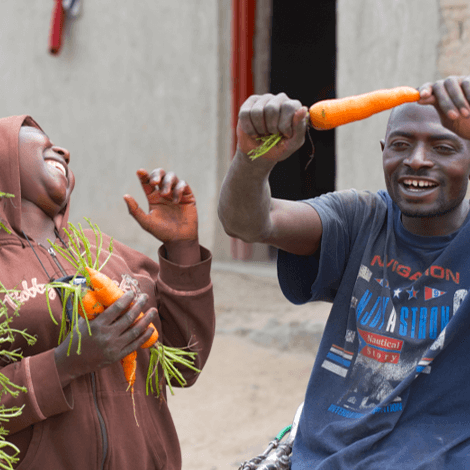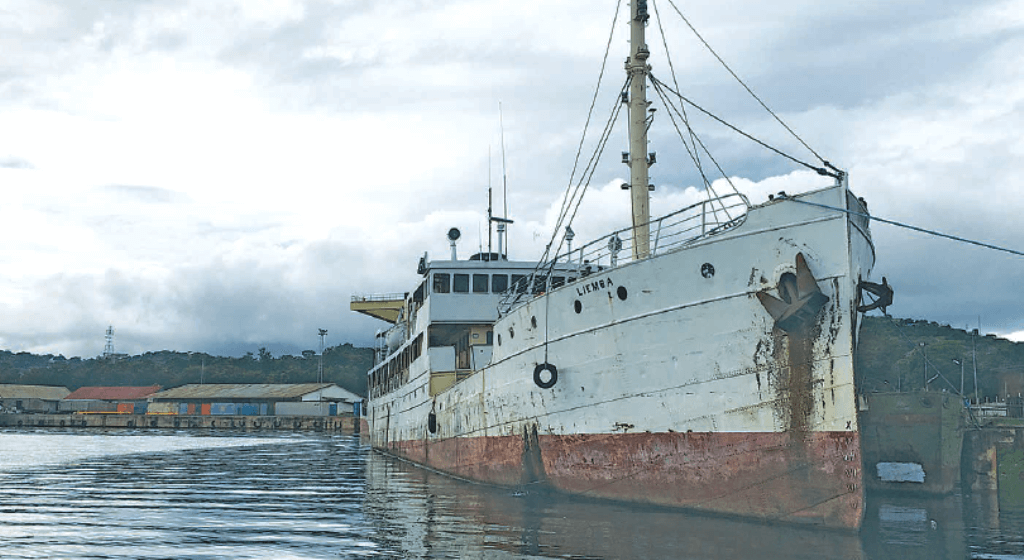
Our Projects are
Transforming African Trade
Quick Contacts
2nd Floor, Fidelity Insurance Centre Waiyaki Way, Westlands

TANZANIA is planning to boost business flow to the Democratic Republic of Congo (DRC) through Lake Tanganyika by addressing non-tariff trade barriers.
The non-tariff trade barriers are cited as major impediments to movement of goods and people between the two bordered countries.
Industry and Trade Deputy Minister Eng. Stella Manyanya said recently that the plans include proper utilisation of the marine vessels voyaging in Lake Tanganyika– providing reliable transport to the citizens of the two nations.
“MV Lihemba is the main ship currently traversing Lake Tanganyika but the plan is to have more ships to simplify business from Tanzania and DRC. This will go hand in hand with modernising ports in Rukwa and Katavi regions. The move is aiming at granting people with more opportunities to trade minus obstacles,” she said.
Lake Tanganyika is the second deepest freshwater body in the world as it has a depth of 1,470 metres on average.
Apart from the envisaged construction of new ships, the deputy minister said that other infrastructures including road networks were in the making and that the two governments of Tanzania and DRC were communicating on the best ways of ensuring that there is a dependable and passable road network connecting the lake side areas with other parts of DRC.
“The major impediment is lack of dependable road network from Lake Tanganyika to the Tanganyika province in DRC, however, this is also being discussed and soon will bear fruit,” she said.
Tanzania trades with DRC in various sectors including agricultural and industrial produces, but the DRC relies on the Dar es Salaam Port for import and export of its goods.
Last year, the two countries inked an agreement for joint construction of Standard Gauge Railway connecting the two countries via Burundi.
Similar agreement for the SGR to reach DRC through Rwanda was also signed in the preceding year.
The deputy minister said that apart from the SGR project, Tanzania was eyeing for people from border regions; Mbeya, Katavi, Rukwa and Kigoma have access to DRC at reduced time and costs.
The ports which provide a shorter route to DRC include Kilipi, Kabwe and Kasanga in Rukwa region and Karema and Ikola ports in Katavi.
In another development, the Tanzania Ports Authority (TPA) has started improving key infrastructures at Kigoma Port, including the construction of a new terminal at Kibirizi area and other cluster terminals at Lagosa, Sibwesa in Uvinza district and Kagunga in Kigoma Rural district.
Most ports in Kigoma, Rukwa and Katavi serve people in eastern DR Congo, Burundi and Zambia.
The lake is shared by four countries with Tanzania having a majority share of 45 per cent. DR Congo owns 41 per cent of the water body while Burundi has eight per cent.
Zambia’s share is six per cent. DR Congo is the largest user of Lake Tanganyika ports as the eastern parts of central African nation largely depend on supplies from Tanzania. Burundi comes second.
TPA said recently that there has been an increase in cargo handled by its terminals in Lake Tanganyika during the past five financial years, pushing revenue upward.
According to TPA, in the 2014/15 financial year, Lake Tanganyika ports handled 100,000 tonnes of cargo while in the following financial year the terminals handled 139,000 tonnes of cargo, an equivalent to 28 per cent increase.
In 2016/17 financial year, cargo handled by ports on Lake Tanganyika slightly dropped to 137,000 tonnes before it shot up to 196,000 tonnes in the 2017/18 fiscal year, an equivalent to 30.02 per cent growth.
During the last financial year the terminals handled 199,831 tonnes, equivalent to 1.14 per cent increase, compared to the cargo handled by the ports the previous financial year.
Source: Daily News
Disclaimer: The views and opinions expressed in this article are those of the authors and do not necessarily reflect the official policy or position of TradeMark Africa.